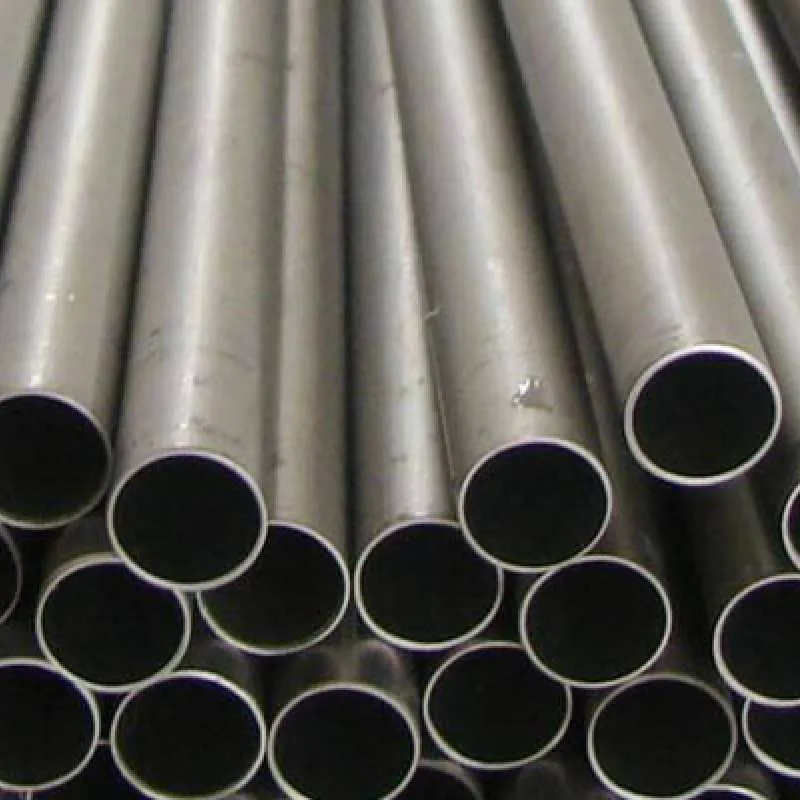-
Cangzhou Yulong Steel Co., Ltd.
-
Phone:
+86 13303177267 -
Email:
admin@ylsteelfittings.com
- English
- Arabic
- Italian
- Spanish
- Portuguese
- German
- kazakh
- Persian
- Greek
- French
- Russian
- Polish
- Thai
- Indonesian
- Vietnamese
- Zulu
- Korean
- Uzbek
- Hindi
- Serbian
- Malay
- Ukrainian
- Gujarati
- Haitian Creole
- hausa
- hawaiian
- Hebrew
- Miao
- Hungarian
- Icelandic
- igbo
- irish
- Japanese
- Javanese
- Kannada
- Khmer
- Rwandese
- Afrikaans
- Albanian
- Amharic
- Armenian
- Azerbaijani
- Basque
- Belarusian
- Bengali
- Bosnian
- Bulgarian
- Catalan
- Cebuano
- China
- China (Taiwan)
- Corsican
- Croatian
- Czech
- Danish
- Esperanto
- Estonian
- Finnish
- Frisian
- Galician
- Georgian
- Kurdish
- Kyrgyz
- Lao
- Latin
- Latvian
- Lithuanian
- Luxembourgish
- Macedonian
- Malgashi
- Malayalam
- Maltese
- Maori
- Marathi
- Mongolian
- Myanmar
- Nepali
- Norwegian
- Norwegian
- Occitan
- Pashto
- Dutch
- Punjabi
- Romanian
- Samoan
- Scottish Gaelic
- Sesotho
- Shona
- Sindhi
- Sinhala
- Slovak
- Slovenian
- Somali
- Sundanese
- Swahili
- Swedish
- Tagalog
- Tajik
- Tamil
- Tatar
- Telugu
- Turkish
- Turkmen
- Urdu
- Uighur
- Welsh
- Bantu
- Yiddish
- Yoruba

Oct . 05, 2024 03:49 Back to list
industrial pipe welding
The Art and Science of Industrial Pipe Welding
In the world of industrial manufacturing, pipe welding stands as a crucial discipline, serving as the backbone of various industries that rely on fluid transfer and structural integrity. From chemical plants to oil refineries, the importance of quality welding cannot be overstated. This article delves into the intricacies of industrial pipe welding, discussing its processes, applications, and the skills required for success in this essential trade.
Understanding Pipe Welding
Pipe welding is essentially the process of joining two or more pieces of pipe together using different welding techniques. It involves the application of heat to melt the edges of the joined materials, allowing them to fuse together upon cooling. This process can be performed using several methods, including Shielded Metal Arc Welding (SMAW), Gas Tungsten Arc Welding (GTAW), and Gas Metal Arc Welding (GMAW), among others. Each method has its unique applications, benefits, and limitations.
SMAW, often referred to as stick welding, is one of the most commonly used techniques in pipe welding. Its versatility and simplicity make it ideal for various environments, including those that are remote or where power supply might be limited. On the other hand, GTAW, known as TIG welding, is prized for its precision and ability to produce clean, high-quality welds, especially in industries where cleanliness and aesthetics are paramount, such as food processing and pharmaceuticals. GMAW, or MIG welding, allows for faster welding speeds, making it suitable for projects with tight deadlines.
Applications of Industrial Pipe Welding
Industrial pipe welding finds applications in numerous sectors, including but not limited to oil and gas, power generation, water treatment, and pharmaceuticals. For instance, oil and gas pipelines, which transport crude oil and natural gas over long distances, require robust and reliable welding techniques to prevent leaks and ensure safety. In power generation, pipelines that convey steam or coolant between different components of a power plant must be precisely welded to withstand high temperatures and pressures.
In water treatment facilities, pipes transporting treated water must be welded to prevent contamination and ensure the delivery of potable water to communities. In the pharmaceutical industry, where hygiene is paramount, pipe welding techniques must prioritize cleanliness and minimize the risk of contamination.
industrial pipe welding

Skills and Training
The demand for skilled pipe welders continues to grow as industries expand and evolve. As piping systems become more complex, so do the skills required to weld them effectively. A successful pipe welder must possess a combination of technical skills, knowledge of materials, and an understanding of welding codes and standards.
Training programs and apprenticeships are essential for aspiring welders, providing them with hands-on experience and the opportunity to learn from seasoned professionals. Certifications from organizations such as the American Welding Society (AWS) can enhance a welder's credentials and job prospects. Continuing education is also critical, as new techniques and technologies emerge, allowing welders to stay current and competitive in the field.
Safety Considerations
Safety is a paramount concern in industrial pipe welding. Welders are often exposed to hazardous environments, hot materials, and toxic fumes. Proper safety gear, including helmets, gloves, and respirators, is essential to protect against injuries and health risks. Additionally, awareness of fire hazards is critical, as welding activities can generate sparks that pose risks in environments with flammable materials.
Conclusion
Industrial pipe welding is a vital skill that underpins the success of numerous industries. Its applications range from essential infrastructure to complex manufacturing processes, highlighting the importance of quality welds in ensuring safety and efficiency. As the demand for skilled welders continues to rise, so does the need for comprehensive training and adherence to safety standards. Embracing the art and science of pipe welding not only supports industrial growth but also contributes to the safety and well-being of communities that rely on these critical systems. In a world where infrastructure is the backbone of progress, skilled pipe welders are indeed unsung heroes.
Latest news
-
ANSI 150P SS304 SO FLANGE
NewsFeb.14,2025
-
ASTM A333GR6 STEEL PIPE
NewsJan.20,2025
-
ANSI B16.5 WELDING NECK FLANGE
NewsJan.15,2026
-
ANSI B16.5 SLIP-ON FLANGE
NewsApr.19,2024
-
SABS 1123 FLANGE
NewsJan.15,2025
-
DIN86044 PLATE FLANGE
NewsApr.19,2024
-
DIN2527 BLIND FLANGE
NewsApr.12,2024
-
JIS B2311 Butt-Welding Fittings LR/SR 45°/90° /180°Seamless/Weld
NewsApr.23,2024











